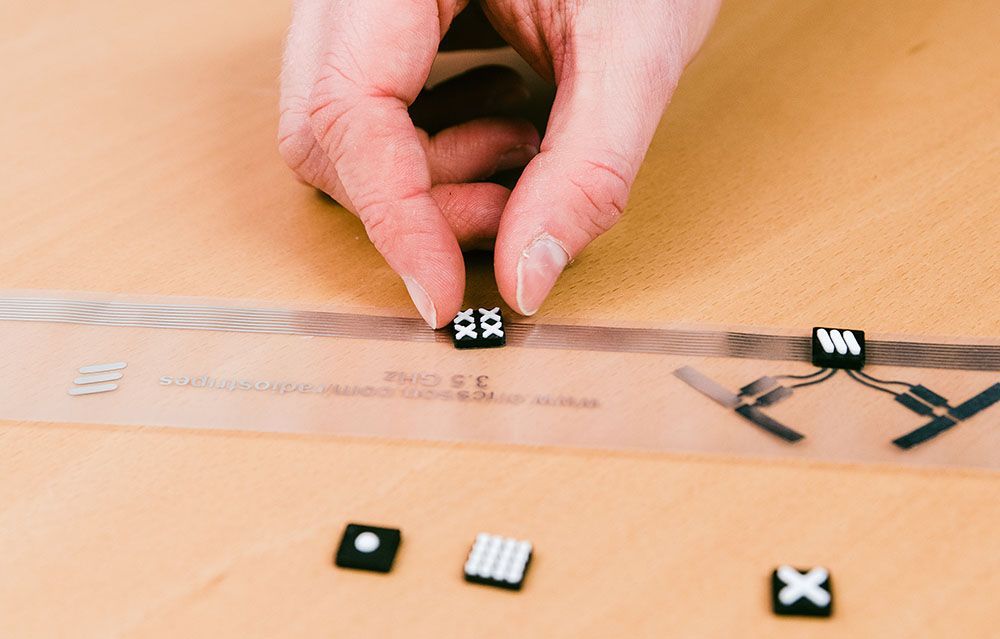
📱 Tomorrow's mobile mast can be hidden behind your wallpaper
Today's mobile masts will not be sufficient when 5G is taking over. Scientists at KTH in Sweden think they have a solution.
Share this story!
Today's mobile masts and base stations are solid structures that reach above the rooftops and trees. They have served their purpose and works well for today's 4G mobile networks, but as we are approaching 5G networks, the infrastructure needs updating.
- 4G is a "one size fits all" technology while 5G is a multifaceted solution. If necessary, 5G can deliver both high data speed and reliability in the form of stable connections, low delay and low power consumption, says Emil Björnson, guest professor at the department of communication systems at KTH in a press release.
In order for 5G to be able to deliver the high transmission speeds and low delay times that are theoretically possible, the disctances between the base stations needs to decrease to only a few hundred meters.
Carriyng on with todays solid masts that will be both expensive and impractical.
But Emil Björnson and his research team, in collaboration with Ericsson, have found a flexible alternative. It is a strip with a lot of small antennas, which can be placed basically anywhere, rolled up like a roll of tape.
- Base stations today are large because they are located so far away from the mobile user. It's like comparing headlights on a soccer field to a reading lamp on a desk. Both deliviers light so that you can see what you are doing, but at different distances. If you can move the antennas closer to the mobile user, less energy is used and more data can be transferred faster, says Emil Björnson.
The strips can be set up pretty much anywhere. They can, for example, be drawn along house facades or even behind the wallpaper inside a room. The idea is that, in the future, the small antennas could replace today's wifi technology.
- Building more base stations indoors, with mobile technology instead of wifi is a good idea because wifi is not developed for mobility and does not handle movement as well, says Emil Björnson.
So far, the idea is more of a vision, and Björnson estimastes that it will take at least five years before the technology can be used commercially. But Emil Björnson is aiming further than that. He also researches intelligent reflective surfaces. A technology that can become an important part of the next generation of mobile networks.
- Coverage becomes more sensitive when 5G is used. The good thing about these surfaces, or electronic mirrors as you can also call them, is that they listen and transmit the signals at the same time. This is the difference between, for example, wifi repeaters that are not as fast. These reflective surfaces are one of the most hyped concepts in the next generation mobile network, 6G, says Emil Björnson.
Photo: Anna Nilsen, KTH
By becoming a premium supporter, you help in the creation and sharing of fact-based optimistic news all over the world.


